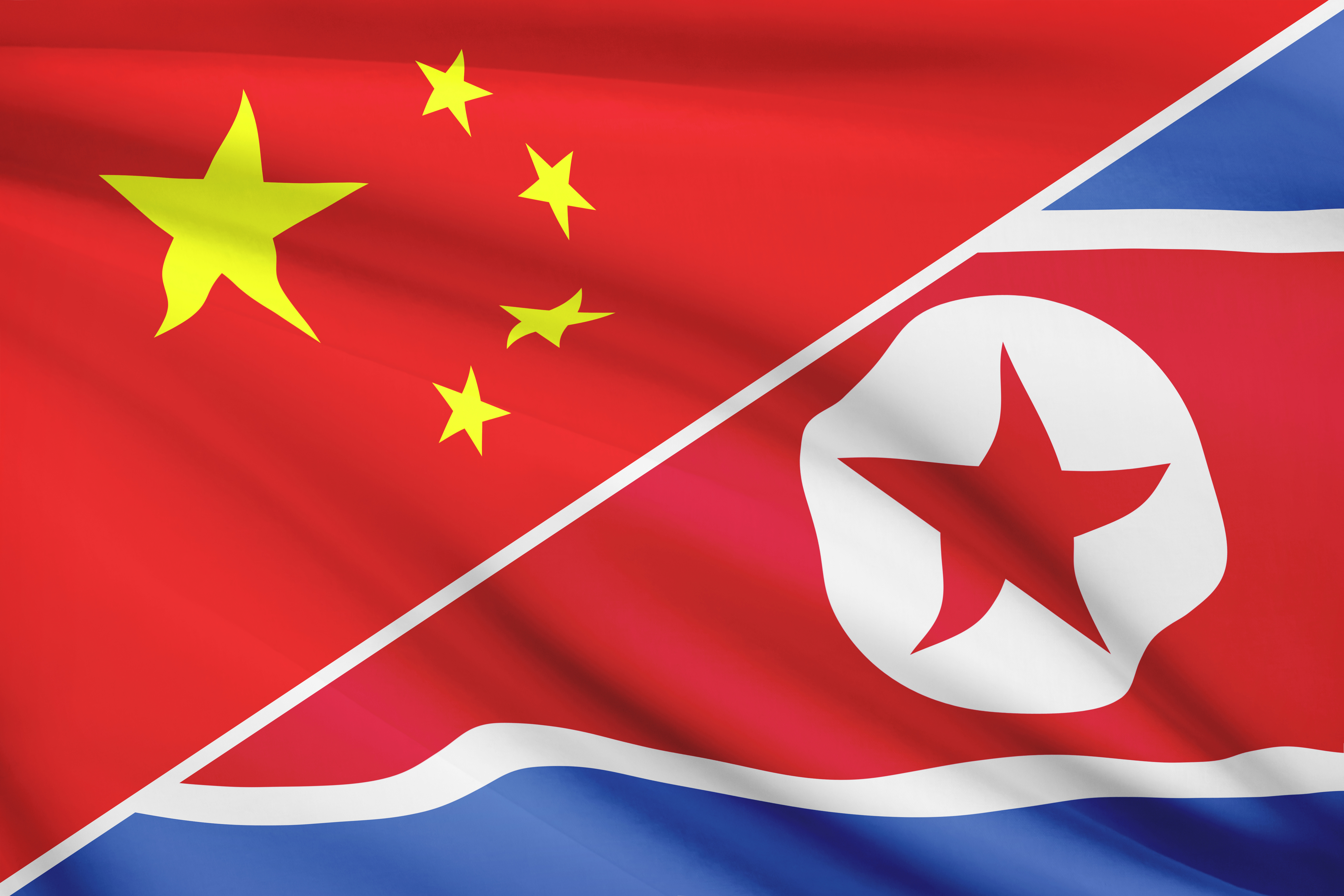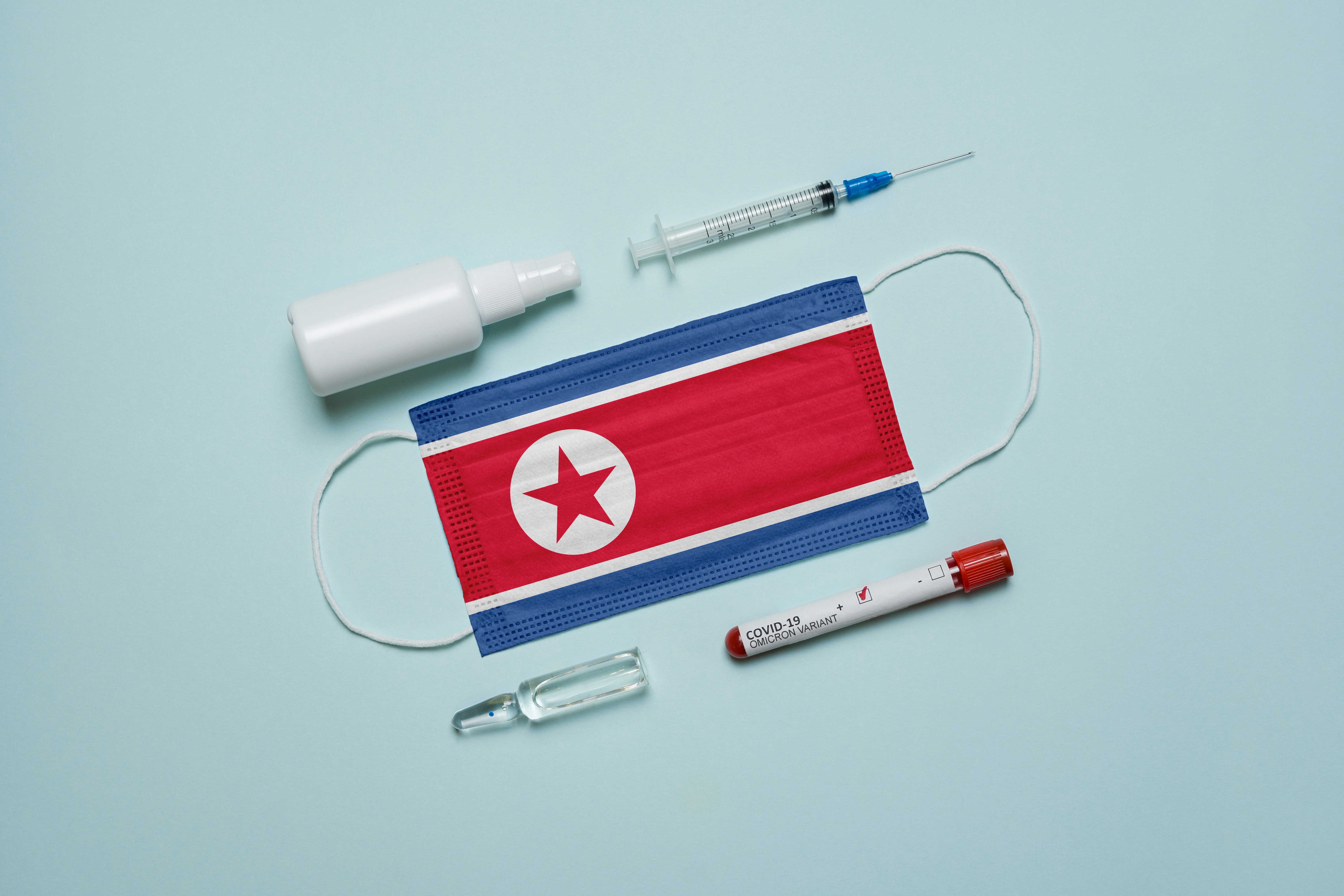Issues Concerning the Coexistence of Peace on the Korean Peninsula and Security of South Korea
Research Reviews | June 30, 2022
Ho-ryung Lee
Senior Research Fellow at the Korea Institute for Defense Analyses (KIDA)
In this Research Review, Ho-ryung Lee, Senior Research Fellow at the Korea Institute for Defense Analyses, states that South Korea faces complex and diverse challenges in establishing “nuclear-free peace on the Korean Peninsula.” In particular, the author notes that two Koreas lack a consensus on what constitutes a peace regime or treaty, as they use their own respective definitions of peace and security. In order to tackle the ideological dichotomy between the two Koreas, the author proposes that South Korea should clearly define the relationship between peace and security, push Pyongyang to realize that the maintenance of nuclear weapons will threaten its survival, and build trust between the Koreas.
Strong and robust security on the Korean peninsula is always premised on the maintenance of peace or the establishment of peace – on the same line of thought, peace and security on the peninsula are compared to two sides of a single coin. Such logic stems from North Korea’s constant attempts to alter the status quo. The nature and characteristics of Pyongyang’s provocations have changed over time in line with internal and external environmental changes, including the Korean War, armed espionage, underground tunnels, military provocations, cyber-attacks, and nuclear and missile provocations. The regime has attempted to overturn the state of affairs on the peninsula through hwajeon (peace and war) double-sided tactics. Nonetheless, the Korean Peninsula has been able to maintain peace for a relatively long time since the Korean Armistice Agreement in 1953 through deterrence measures.
However, amid the peace-building process on the Korean peninsula, peace and security have emerged as conflicting concepts. To illustrate, deterrence against North Korea and the development of inter-Korean relations are associated with two different sides of the concept of deterrence – achieving peace by assuming superiority over power by offsetting the opponent’s attempts to tilt the status quo, or maintaining a continuous status of instability and engaging in an arms race designed to change the point of equilibrium between the deterrence strategies of Seoul and Pyongyang. As a result, peace and security have become incompatible. In this article, I have pointed out the reasons behind why peace and security became conflicting concepts, the resulting problems, and potential solutions.
The Paradox of Deterrence: Inconsistency of Preferences
between the North and the South
North and South Korea each have their own ideal definition of what constitutes deterrence for peace and stability. In order to enforce their own preferences onto the other, the two Koreas strived to reach a point of equilibrium between their respective deterrence strategies – South Korea through engagement and North Korea through coercion.
However, if South Korea were to continue to only concede to North Korea’s demands in an attempt to build trust rather than actively defend itself through military threats, there will no longer be an equilibrium between North Korea’s deceptions and provocations and the credibility of South Korea’s military countermeasures. Moreover, North Korea’s advancement of nuclear and missile capabilities should not only take into account the problem of balance between the two Koreas’ nuclear asymmetry, but also the reliability of U.S. extended deterrence. In other words, a single concession concerning security on the Korean peninsula can foster an environment that caters to the North. This ultimately increases South Korea’s vulnerabilities in security. The seemingly rational choice to maintain peace at a small cost in the short term may paradoxically cause instability that greatly increases costs in the mid to long term, rendering the rational choice irrational.
Key Challenges and Issues for Building Peace and Robust Security
on the Korean Peninsula
On the other hand, South Korea faces complex and diverse challenges in establishing “nuclear-free peace on the Korean Peninsula.” First, the intensification of strategic competition and conflict between the U.S. and China has created a new normal not only in the Indo-Pacific, but also in Northeast Asia. North Korea has been strengthening its strategic relationship with China and Russia and the nature and scope of involvement has changed. That is to say, the issue of involvement, which previously alluded to the possibility that U.S. active deterrence efforts supporting South Korea would subject Washington and New York to North Korea’s nuclear and missile threats, now also encompasses the prospect of the U.S. including South Korea in its strategies to deter China. Both interpretations of the scope of involvement undermine the credibility of U.S. extended deterrence against the North Korean nuclear and missile threat.
Second, the realm of the ROK-U.S. alliance has now expanded beyond the Korean peninsula; so has the nature of the alliance, now covering non-security measures such as the economy, advanced technology, health, climate, and nuclear power. This has deepened interdependence between not only South Korea and the U.S, but also among its allies through comprehensive cooperation and interoperability. Will South Korea’s defense and security policies be able to create a virtuous cycle in line with the increased interoperability of the alliance, now pertaining to issues outside of the Korean peninsula, and changes in the nature of the alliance?
Third, there is increased skepticism over the feasibility of North Korea’s complete denuclearization. Despite the “triple crises” of continued sanctions, COVID-19, and natural disasters, North Korea has strengthened its internal control through anti-socialism and non-socialism, elevated its status by upgrading its nuclear and missile capabilities, and developed new strategic relations with China and Russia through increased solidarity among socialist nations. Through these strategies, North Korea has brought forth its own version of “strategic patience.” This not only raises doubt regarding the possibility of North Korea’s denuclearization, but also leads others to believe that Seoul should accept North Korea’s demand for nuclear disarmament as the second best option. This would allow Pyongyang to shift the equilibrium of deterrence strategies to their favor.
Fourth, successive governments have emphasized both security and trust-building measures in establishing lasting peace on the Korean peninsula. However, such procedures lacked discussions fundamental to the process such as whether the two Koreas can operate within a virtuous cycle. This resulted in an offset between deterrence and trust-building measures. Since there is no common standard for threat and safety, which are core issues behind trust-building, North Korea seeks to upgrade its nuclear and missile capabilities to strengthen its self-defense capacity while ironically asserting that joint ROK-U.S. exercises and the deployment of U.S. strategic assets in South Korea are provocations.
Lastly, the two Koreas have opposing ideas on what a peace regime or a peace treaty constitutes on the Korean peninsula. North Korea’s continuous change of tactics has distorted the concept of peace. To name a few examples, the sequence between denuclearization and the peace treaty has changed; peace for the stability and development of inter-Korean relations does not necessarily equate to actual peace, but rather the cessation of joint ROK-U.S. military exercises and the deployment of strategic assets by the U.S. military, lifting of sanctions against North Korea, and the like. In other words, peace now also encompasses the idea of a peace regime that North Korea has advocated.
Policy Suggestions to Resolve the Dichotomy
In order to build lasting peace on the Korean Peninsula, it is first necessary to clearly define the relationship between peace and security. The lack of a clear definition will complicate the process of prioritization of security policies and North Korea policies. Therefore, in order to establish peace on the Korean peninsula, Seoul should expand the areas in which interests concerning security and peace intersect and shift the equilibrium of deterrence strategies in favor of South Korea.
Second, Seoul should set higher costs pertaining to North Korea’s nuclear proliferation by raising the point of equilibrium between deterrence strategies. On top of denuclearizing North Korea, it must manage tensions on the peninsula that does not lead to the North’s use of nuclear weapons until reaching South Korea’s ultimate goal. It is key for Seoul to implement a policy that increases the cost of possessing and maintaining nuclear weapons by having Pyongyang realize that the upkeep of nuclear weapons poses a threat to survival in the near future. By the time Pyongyang does so, it will likely engage in substantive denuclearization negotiations.
Finally, in order for trust-building efforts that have been discussed and agreed for decades to yield practical results, South Korea must define the correlation between deterrence and trust-building and provide verification and safeguard measures for the process.■
■ Dr. Lee Ho-ryung is a senior research fellow at the Korea Institute for Defense Analyses(KIDA). She received a Ph.D of international relations from Korea University in 2001. She served as a public officer at NSC in the Blue House(2002-2003), an advisor to the presidential secretary of foreign affairs and security in the Blue House(2007), and a director of external cooperation(2015-2017) as well as a director of North Korean Military Studies(2017-2019) in KIDA. She served as a visiting scholar at Georgetown University in the United States(2000), at Birmingham University(2009-2011), and a expert member of the foreign affairs and security department of the preparatory committee for unification (2015-2017). She published a number of books and papers, including The Study of Power Elites during the Kim Jong-un era, The changes of North Korea's provocations and inter-Korean relations, A study on the military impact assessment and response plans to the declaration of the end of the Korean war, A study on evaluation factors for the durability of the North Korean system, and A study on NK’s nuclear strategy and SK's response strategy etc. She serves as an adjunct professor at Kyung-Hee University's Graduate School of Peace and Welfare, an advisor to the Ministry of Unification, and a standing member of the Peaceful Unification Advisory Council.
■ Typeset by Seung Yeon Lee, Research Associate
For inquiries: 02 2277 1683 (ext. 205) | slee@eai.or.kr
Security and External Relations
The Yoon-Biden Summit and Prospects for the Yoon Administration’s North Korea Policy
Young-ho Park | June 21, 2022

Prospects for DPRK-China Relations in 2022 and Challenges for the Yoon Administration
Bong Sup Shin | June 08, 2022

North Korea’s COVID-19 Crisis and South Korea’s Response
Philo Kim | May 31, 2022
LIST